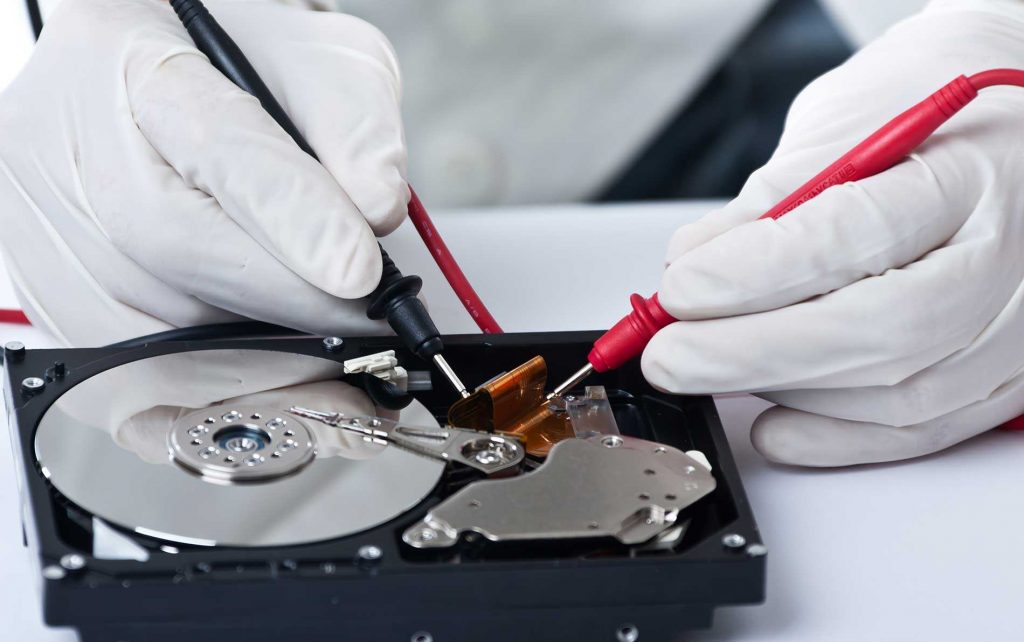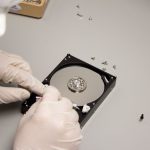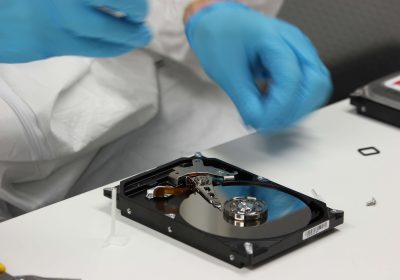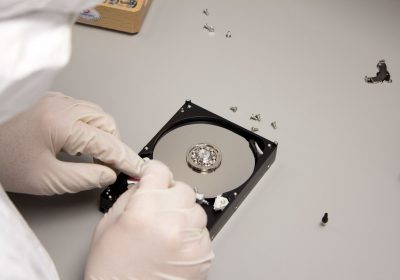The Philadelphia Data Recovery planning after a failure has become a battle cry for many organizations but as a result of significant natural disasters and accidents occurred because of the human factor. In addition, there are as well more stringent rules and regulations prescribing to protect and preserve data as the most invaluable asset of the company.
This article from a practical point of view will present a comprehensive description of the components for a data recovery plan. For those who have not previously worked on the project planning, this material also will help dispel the myths and focus on what needs to be done but develop effective recovery options.

The methodologies for also data recovery planning are often considered to be “brand” of various consulting companies and represent a kind of complex and tortuous but processes known only to a few privileged practices. However, in fact, the methodology of Philadelphia Data Recovery planning is a simple application of common sense, which is followed by a pragmatic project plan, similar to the methodology of the development life cycle of systems.
First, the initial draft recovery plan includes 10 tasks that can be divided into three subsets or stages.
The first planning stage: Analysis
This stage includes the following tasks:
● the beginning of the project;
● data collection
● preparation of a preliminary risk analysis.
The second planning stage: Setting targets
Most of the tasks of this phase include the development of strategies and logistics, infrastructure failure recovery but data necessary for mission-critical applications. Each task requires a consideration of numerous alternatives, helping to build the most effective strategy in the framework of budget constraints. If the strategy involves significant costs, probably you will have to justify the cost to the senior management.
There are many characteristics of software products but designed to reduce the time to back up, they include support for incremental backup, “hot” backup, inode snapshots, and backup tool disk drive simulating a tape. However, there are other technologies designed to reduce the cost of mirroring Data Recovery from disk to disk. As an example, duplication of disk-to-disk, factoring from Avamar: multi-purpose caching and network-based hardware and software.
If the company has only limited financial resources for planning data recovery tool is better spent on a combination of solutions for avoiding accidents and protecting data.
Third planning stage: Phase project planning
This stage includes:
● Create commands to restore and their training;
● Testing the plan;
● The implementation of the change management process.
Currently, the lion’s share of work on the definition of requirements and strategies for data recovery is complete. There are a lot of ways to restore the data without any restrictions. And, more importantly, the company’s essential data can be duplicated and verified.
More Stories
Data Recovery From Memory Cards
The ubiquitous use of memory cards in digital devices has made them a popular choice for storing valuable data. However,...
How To Data Recovery From Broken Android Devices
Many of us have experienced situations like cracked screen, water damaged, black screen when we use Android smartphones. When any of...
How To Data Recovery From USB Drive
If you have problem of Data Recovery loss from Linux storage volumes with Ext4/3/2 file system , try Hetman Partition Recovery. There are...
Tips On How To Data Recovery From Hard Drive
A hard drive is a storage location on which large amounts of Data Recovery are saved. Usually, the data contained in...
Data Recovery Services Is Best For Stolen Phone
First install Android Data Recovery Services on your computer and run it. Connect your Android device and select “Recover” from all the options. You...
Best Data Recovery Services External Hard Drive
You may have had the traumatic experience of a hard drive or computer crashing, or even worse, being stolen, with...

















